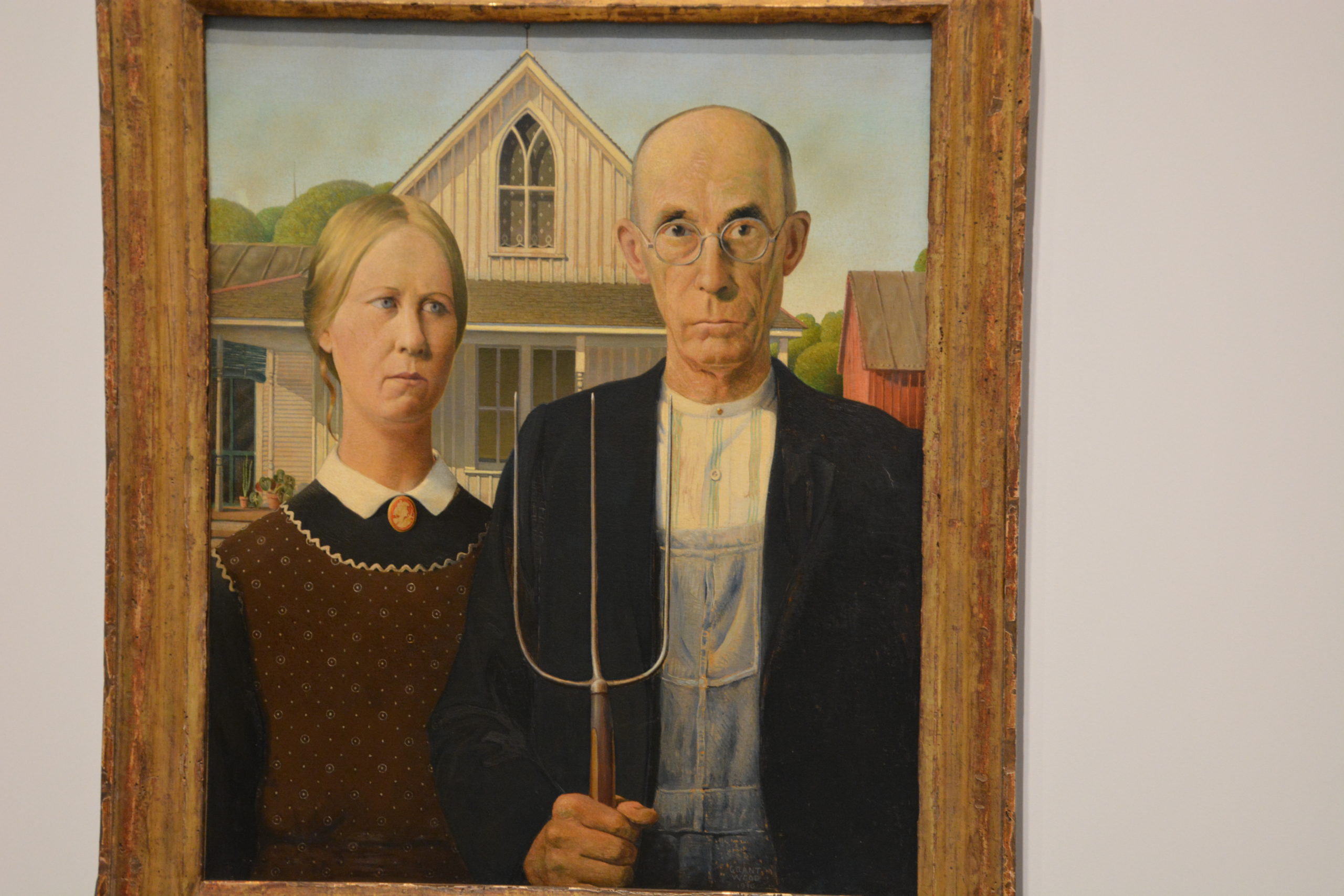The job of a journalist is to show folks things that are worth seeing and to talk about things worth talking about.
This paper’s “letters to the editor” section is a good place to get clues about that which is worthwhile.
Last week Timothy Farrell wrote a letter of such sweetness that it warrants a comment.
In fact it warrants a full column.
Mr. Farrell was endorsing Kevin Rynne for a trustee position in Williston Park but what I found most noteworthy was how Mr. Farrell described the values of small-town life where “neighbors still look after neighbors.
We take pride in our homes and cherish the small town life and participating in community activities.”
There is much to be said about this simple passage since as we all know our lives are now far, far from what I would call simple.
In fact, we are all faced with a veritable tsunami of information, mind-numbing bad news, inflammatory discourse, mass shootings, news about celebrities and advertising images that never stop coming.
Alas, divine providence has occurred since on the very day I read Mr. Farrell’s sweet letter I also read that the Whitney Museum of American Art was having a major retrospective of Grant Wood, the Regionalist painter from Iowa.
And like Mr. Farrell’s heartfelt sentiment concerning small town life, Grant Wood’s oeuvre can also be described as an elegy to a time from America’s past when we led simple lives in small towns and on the farm surrounded by family, nature and animals.
You may not know of Grant Wood but I assure you that you are very familiar with his most famous work. He was the guy that painted “American Gothic” in 1930, the portrait of that stoic looking farmer with his pitchfork rigidly standing next to his puritanical looking wife as they posed in front of their American Gothic farmhouse.
The manner in which this couple was drawn captured the essence of America and gained Grant Wood almost instant international fame.
On a single canvas, Wood was able to display the American spirit of hard work, practicality, honesty, God fearing perseverant austerity.
Prior to this piece of art, the only person who managed to capture the American spirit was Alexis de Tocqueville, the French aristocrat when he wrote “Democracy in America” back in 1831.
Alexis de Tocqueville needed 854 pages and two volumes to do what Grant Wood managed to do on one small canvas.
So I guess it’s true that a picture is worth a thousand words.
Grant Wood was the leader of the Regionalist movement in America during the first part of the 20th century and the reason his work continues to grow in stature is the same reason that Mr. Farrell’s sentiment about small-town America is so important to discuss.
I spend much of my free time reading the masterpieces or getting myself in front of the world’s greatest paintings.
I do this for one reason. I am curious to learn what these mystic geniuses seek to find. By seeing Grant Wood’s work I think I finally discovered what the object of his toil was about.
Grant Wood embraced a time from his childhood when he lived on a farm with his parents in Iowa.
His father died when Grant was 10 years old and that was pretty much the end of his bucolic life.
So he paints to remember his sweet childhood. This is very much like all the great artists of today.
Murakami and Narr are the two leading artists of Japan and both create lovely cheerful/sad cartoon-like characters they both recall from their childhoods.
Our most important American artist is Jasper Johns and he has spent his career drawing letters and numbers and maps and American flags, all images from his childhood.
The importance of nostalgia and efforts to capture the past is even more obvious in literature.
Proust’s masterpiece is essentially about his childhood in a small town outside of Paris. Thornton Wilder’s “Our Town” is a classic in American theater largely because he lovingly describes an America of the past where no one locked the doors and everyone knew each other.
J. M. Barrie’s Peter Pan is adored by adults as well as children because it is about a boy who refuses to leave childhood behind. Peter Pan decides it better to play than to work.
Grant Wood’s work is sometimes criticized because it has a frozen quality but I think the frozen feel gives his work its magical touch.
Wood’s was stuck in his past and so was Proust and Barrie and Johns and Murakami.
For that matter so was Michael Jackson. He was the boy genius who never grew up.
The public and that means you and I, are the lucky recipients of these mystical gifts given to us by the great artists who happen to be stuck in their past. In psychoanalysis, these are called screen memories.
I can see that Grant Wood’s dream of having a safe and loving childhood back in 1930 is the very same dream that Mr. Farrell has for his children right here in Williston Park in 2018.
Our basic needs as humans have not changed at all.
Just to have a life where “neighbors look after neighbors….pride in our homes and cherish the small town life.”
So thank you for your gracious, heartfelt letter Mr. Farrell.
Your points were well taken.




